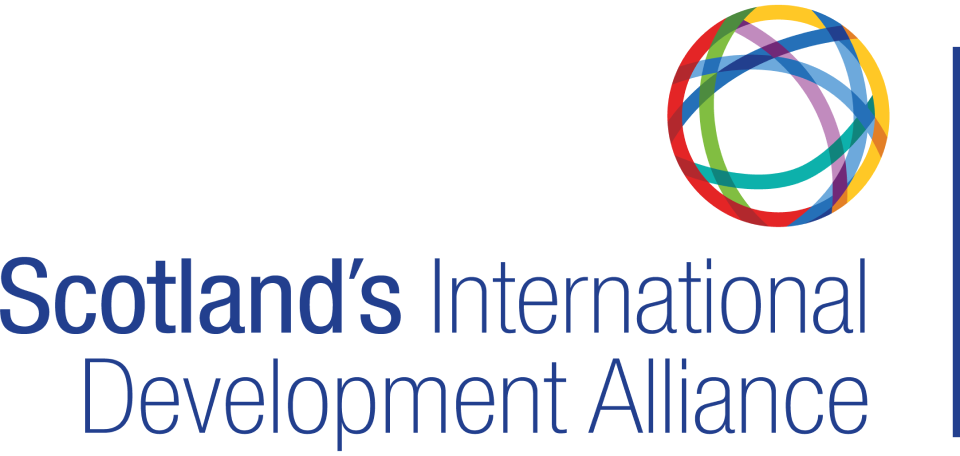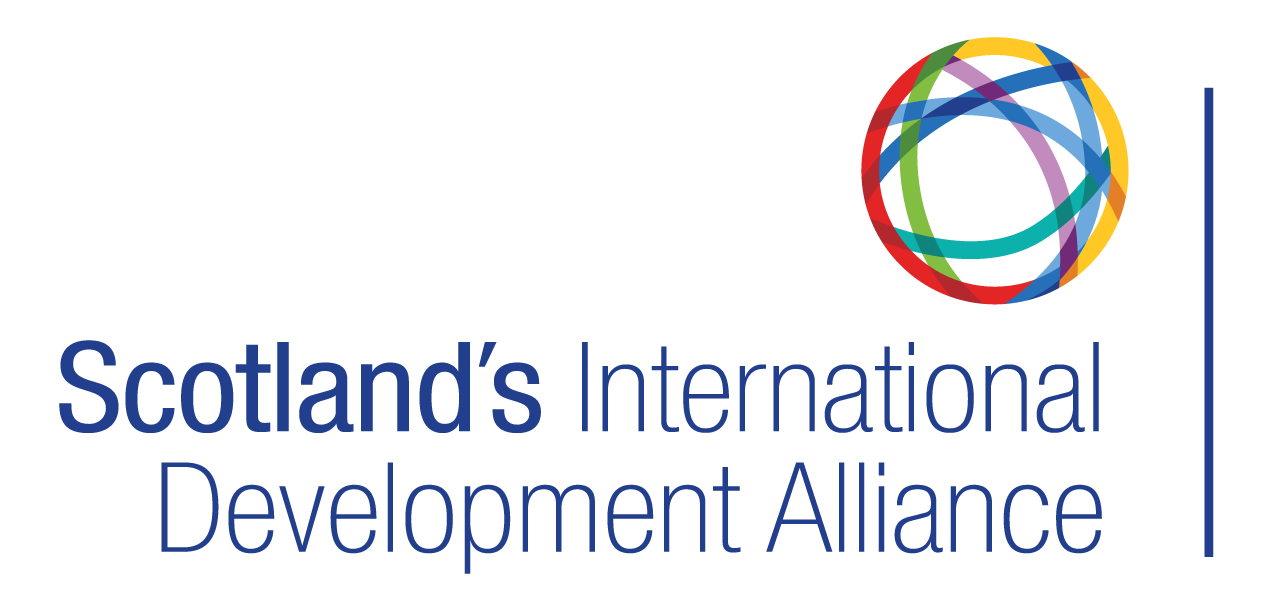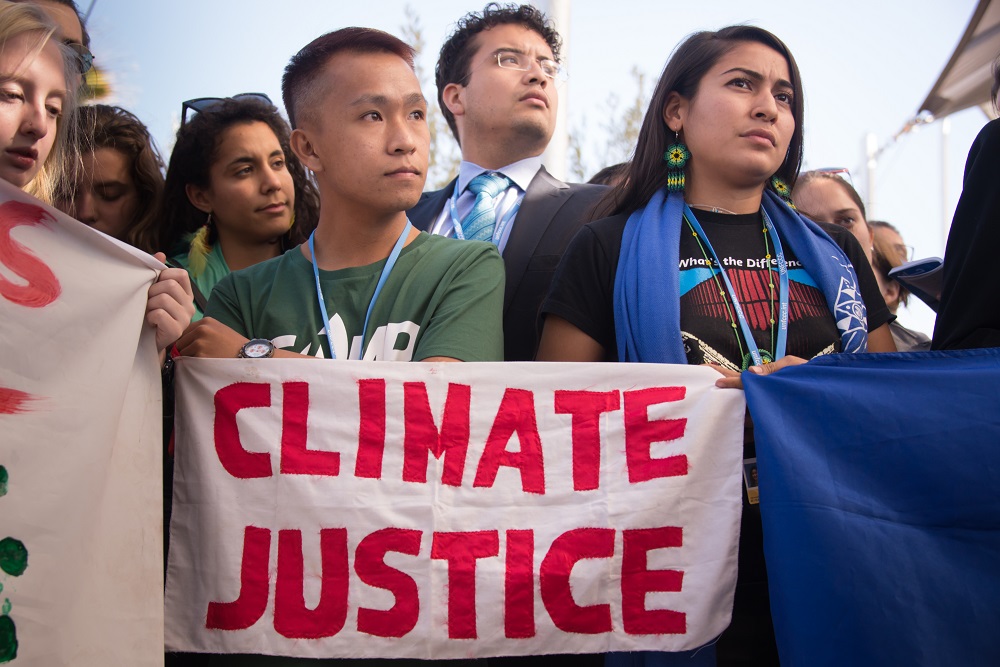‘The most important climate negotiations since the Paris Agreement in 2015.’ That’s how The Guardian put forward the United Nations 26th Conference of the Parties (COP), where the first official five-year review of the agreement will take place. Due to the world’s battle against Coronavirus, it was announced at the end of May that COP26 – originally planned to be held in Glasgow this November – will be delayed by a full year to 1-12 November 2021.
With COVID-19 dominating the world stage, what should we expect from this COP in terms of climate equity? According to Tahseen Jafry, Director of the Centre for Climate Justice at Glasgow Caledonian University, “the most important part of all green policies, strategies and mechanisms that nations are adopting, is ensuring that the transition is done in a fair, equitable and climate just manner.”
On March 13, tropical cyclone Herold hit the north-east coast of Madagascar, flooding over 100 schools. In a country where more than one in every two children under the age of five suffers from chronic malnutrition, the effects were bad. Madagascar is extremely prone to natural disaster and droughts, risks which are both impacted by climate change. “Madagascar is on the frontlines of the devastating reality of the global climate crisis,” confirms Gemma Connell, Head of the United Nations OCHA Regional Office for Southern and Eastern Africa. “The poorest and most vulnerable are bearing the brunt of a phenomenon that they did nothing to create.”
One key issues in the climate debate is climate equity or climate justice. Put simply by Swedish youth climate activist Greta Thunberg at the COP24 in Katowice in Poland, “it is the sufferings of the many which pay for the luxuries of the few”. People who have often contributed the least to climate change, feel most of its impacts.
The 2015 Paris Agreement does take these inequities into account when mentioning the principle of ‘equity and common but differentiated responsibilities and respective capabilities, in the light of different national circumstances’. According to the agreement, richer countries are to take the lead on worldwide emission reduction as well as provide climate finance for climate mitigation and adaptation for low-income countries, focused on the latter’s needs and priorities. At the 2009 Copenhagen Summit, the developed Parties had already agreed to mobilise $ 100 billion per year by 2020 for developing countries, a goal which was confirmed by the 2015 Paris Agreement. There would also be cooperation on technology development and transfer and capacity-building for climate adaptation and mitigation in more vulnerable nations.
Five years and a pandemic later…
Even before COVID hit the world, richer nations’ weren’t living up to the Paris Agreement’s expectations, neither in terms of reaching their own emission reduction targets nor providing climate funding for more vulnerable states. “At COP25, there was a lot of discontent between developed and developing nation-states around keeping our targets within limits but also around finance, technology and resources to help build capacity,” says Tahseen Jafry, Director of Glasgow Caledonian University’s Centre for Climate Justice.
One threat of COVID-19 could be governments from richer nations not prioritising ambitious climate policy. This would indirectly result in more suffering in vulnerable countries, as fewer reductions in greenhouse gases cause the effects of climate change to remain or worsen. Research also shows that ‘when cultures feel threatened – whether by war, disease, or economic upheaval – they tend to become ‘tighter’.” In short, COVID-19 could make voters more inclined to vote for populist politicians, who do not see climate finance and ambition as a priority. COVID-19 could also be a threat to climate financing, as the economic impacts of the pandemic could make governments prioritise their own country’s public health and economic recovery.
Another, less obvious impact is the accessibility of low-income countries to either virtual meetings in preparation for the COP and to the actual conference in November 2021. “The continuity of delegations from the G77 countries is often compromised and the likelihood that COVID affects this in countries with poor health systems is high,” says Simon Anderson, Senior Fellow at the International Institute for Environment and Development (IIED) and Chair of the Alliance’s Board of Trustees. “Some individuals are key to the momentum of negotiations from low-income countries’ perspectives. If these are lost, the impact will be high.”
So what should COP26 deliver in terms of climate equity with COVID-19 threatening progress and ambitions in many ways?
A green recovery
Anderson thinks the key to recovery is twofold: “The key here in the recovery period is the economic empowerment of people in communities that will suffer the economic impacts of COVID along pathways that lead to green alternatives.”
Rich countries could indeed be taking the lead on emission reductions as prescribed by the Paris Agreement, by investing in so-called ‘green recoveries’ and pledging more ambitious Nationally Determined Contributions (NDCs). Many governments worldwide seem to be on crossroads, where they can choose between taking the same-old approach or seize this opportunity to save both the economy and the planet. The European Union, for example, has taken a first step towards the latter by attaching green conditions to its 750 billion euro COVID recovery fund for member states.
“I think the most important part of all these green policies, strategies and mechanisms that nations are adopting, is ensuring that the transition is done in a fair, equitable and climate just manner,” says Jafry. “I worry that, when the dust has settled, if we don’t reboot the economy by using green mechanisms, climate emissions will go through the roof, which will be devastating for the Global South and the world altogether.”
“I am very pessimistic as regards to what Build back better will translate into,” says Anderson. “For example, we have already seen moves to keep the oil sector buoyant. Developing countries that have fossil fuel resources have been excluded or discounted from the OPEC+ conversations.”
However, research from the University of Oxford and analysis by Climate Action Tracker indicate that green growth could be economically more viable than going back to a business-as-usual scenario. With the 2008 economic crisis, renewable energy was not nearly as attractive for investors as fossil fuel. Now, however, the tables have turned, and renewable energy, such as solar and wind, make for better investments any way you look at it. Of all possible recovery scenarios from COVID-19, the Climate Action Tracker report indicates that investing in green energy infrastructure – energy efficiency and low and zero-carbon energy supply technologies – is the strongest way to go about reducing emissions.
This health crisis could help further shift public opinion on climate change as well. For example, a great deal of media attention has also been given to how the loss of biodiversity and how our relationship with nature might have triggered this pandemic. Life in lockdown has also shown what life could look like if people live more harmoniously with nature. “What we are experiencing now with the pandemic is that the climate has taken sort of some respite, we recognise that carbon emissions have gone down and we have seen the benefits of that, there’s much less air pollution, nature is blooming, ….,” says Jafry.
Climate financing
In terms of climate equity and COVID-19, climate financing might also be a hotly debated topic at COP26. A 2019 article on the Conversation co-authored by Jafry indicated that rich country’s $1 billion per year pledge by 2020 was not nearly enough to cover all adaptation costs for low-income countries. Additionally, money channelled through the UN’s Green Climate Fund often did not reach the most vulnerable nations at all.
“It’s quite a complicated picture and not as straightforward by just assuming that although there is a Green Climate Fund, that fund is going to reach those that need it the most, the poorest who have contributed the least to carbon emissions. There has to be money, but second is how resources are utilised,” says Jafry. “I think we need a new conceptual framework for climate finance, underpinned by climate justice and human rights. A commitment really needs to recognise that the most vulnerable shouldn’t suffer the most from climate-related impacts.”
But could it also be more a matter of priorities instead of having enough resources in disposition in the first place? For example, the World Bank has granted debt relief plans for low-income countries to be able to deal with health and economic crises due to COVID-19, something which climate activists have tried to bring about earlier as well. “I think with the COVID crisis we can see that the resources are there. Governments in a lot of nations are doling out resources for dealing with the COVID crisis, so the question is: is the climate crisis seen as significant as the pandemic?” posits Jafry. “I remain hopeful and I would like to think that we will get there, but it will require a lot of difficult conversations.”
By Charlotte Teunis, Freelance Journalist and Alliance Volunteer.


